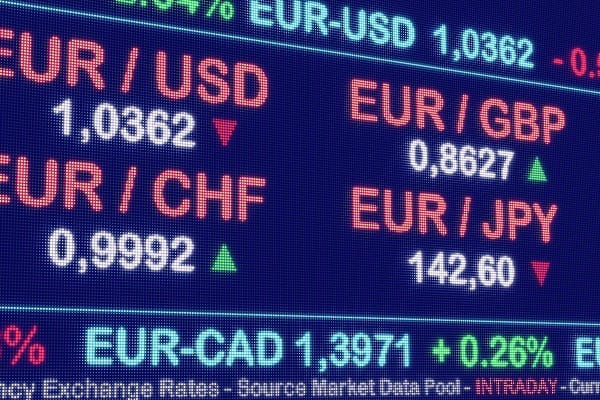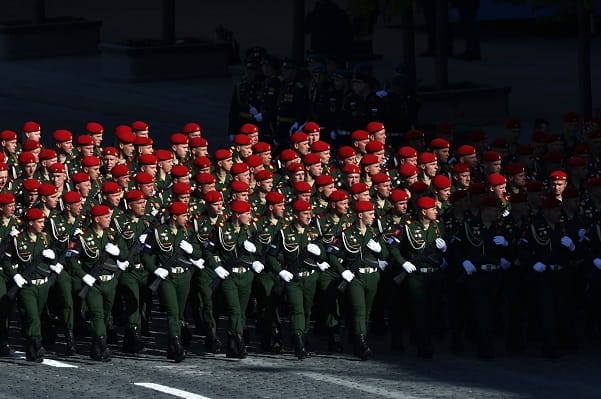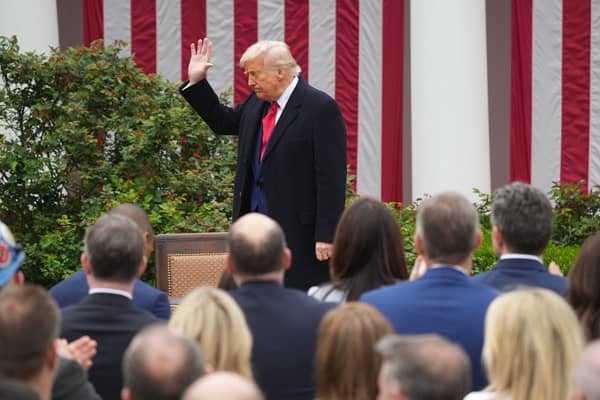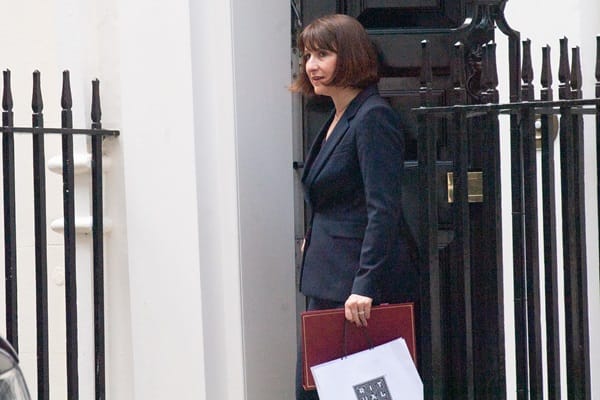Pound sterling fell against the US dollar (GBP/USD) to its lowest level since March 27, reaching the level of 1.22367, with the Bank of England (BoE) announcing its decision regarding the interest rate.
At the same time, the price of the euro against the British pound reached its highest level since last July, at 0.86940.
This sharp decline of the British pound against foreign currencies comes after the BoE surprised the markets by keeping the interest rate unchanged at the Monetary Policy Committee meeting today. Meanwhile, the markets witnessed division over the next steps of the central bank.
We have witnessed a noticeable slowdown in inflation, especially after the Consumer Price Index (CPI) figures for August that we witnessed yesterday.
Annual inflation recorded a lower-than-expected growth at 6.7% for the core reading and 6.2% for the core reading, which excludes food and energy prices, compared to expectations of 7% and 6.8%, respectively. In addition to this, there is a higher-than-expected contraction in the prices of production inputs and outputs in the annual reading of the Producer Price Index (PPI) for August.
In addition to the decline in inflation, I believe that the decline in economic activities has made members of the Monetary Policy Committee more cautious about raising interest rates, despite previous talk about raising the interest rate once or twice this year.
As we have witnessed negative GDP and industrial production and continued contraction in both manufacturing and service activities, in addition to the recent sharp decline that we have witnessed in house prices at rates not seen since the year 2007 in conjunction with the rise in record mortgage rates, according to the data provided by Halifax. Which provided warning signals about the risks facing the British real estate market.
Expectations about the possibility of the US Federal Reserve raising interest rates again this year at its upcoming meetings added more pressure on the pound sterling, after new projections by members of the Federal Open Market Committee (FOMC) about the levels of interest rates expected for this year, in what is known as the dots chart.
As for the bond markets, two-year British gilts yield extended its yesterday’s declines after the interest rate decision and approached the lowest levels since August again, to the level of 4.840%. Ten-year gilts yield also declined, again approaching the lowest levels since last July, at 4.235%.
This disparity between monetary policies and inflation trends has contributed to widening the gap between US and UK bond yields.
Yesterday, the difference between the two-year US and two-year gilts yields widened to the highest level since last April, to 0.338%, in addition to the difference between ten-year bond yields to 0.200%, which is the highest since last March. While the widening of these gaps may put more pressure on the British pound.








